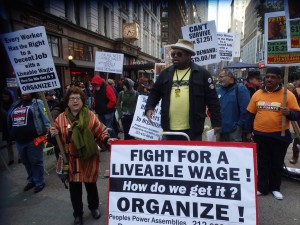Getting strapped for cash is the worst. But when you are in that situation, it is difficult to  know what is the right route for you and your wallet. When you need to borrow money to cover an expense, you might consider a credit card or a personal loan. Deciding which is better depends on your situation. Lets weigh your options.
know what is the right route for you and your wallet. When you need to borrow money to cover an expense, you might consider a credit card or a personal loan. Deciding which is better depends on your situation. Lets weigh your options.
Why Credit Card?
- Because of their high interest rates, credit cards are best for short-term financial needs. Use a credit card only for purchases that you’ll be able to pay off by the due date, like daily expenses or monthly bills.
- You could use cash or your debit card for these same purchases, but credit cards have benefits outside of free short-term financing. Many cards come with cash or travel rewards — typically ranging from 1% to 2% of what you spend — as well as certain perks you won’t get with cash or debit.
- There are also credit card options for those people who are concerned that their bad or lack of credit could make it impossible for them to get a credit card at all. There are credit cards that are specifically designed for the people that have bad or no credit to get the things that they need when they need them.
Why A Loan?
- Personal loans are best used for longer-term financial needs. This could include things like expenses for adopting a child, starting a small business or consolidating credit card or other debt. Since personal loans typically have better interest rates than credit cards, they’re a better option if you aren’t able to pay off your balance in full monthly.
- If you’re considering using a personal loan to consolidate credit card debt, first assess how long it will take you to pay off the debt. Consolidating credit card debt with a personal loan typically makes sense only if it will take you more than six months to pay off. Otherwise, the amount of interest you’ll save will be negligible at best for the amount of effort to obtain a loan.
- There is also great variety when it comes to getting the right loan for your needs:
- There are loans that are proven to be fast and easy to obtain, that are also perfect for people with bad credit or great credit. These loans are perfect for you if you need cash ASAP.
- There are loans specifically designed for people with bad credit to help them get the long term money that they need. While at the same time building their credit score.
- There are government loan options that help people in specific situations like being a veteran or a student.
The Bottom Line
Credit cards are ideal for short-term balances that you can pay off each month, while personal loans are for medium- or long-term debt. They are both outstanding options to help you out of a tight spot. So weigh your options and get yourself the financial help that you need!
pay off each month, while personal loans are for medium- or long-term debt. They are both outstanding options to help you out of a tight spot. So weigh your options and get yourself the financial help that you need!
Share
Follow Us!


